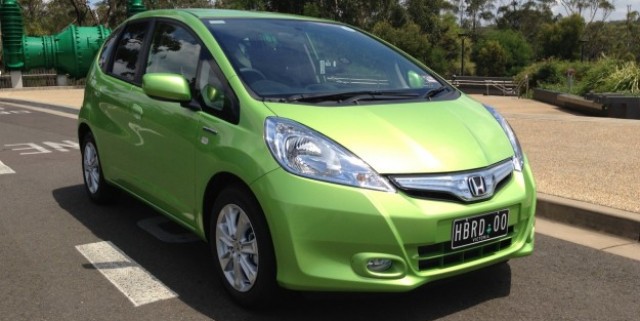
At $22,990 the Honda Jazz Hybrid is Australia’s most affordable hybrid vehicle. But the second-generation Honda Jazz has been around since 2008, with a moderate update in 2011, so what makes this now nearly five-year old city car a candidate of a hybrid powertrain?
Honda as a global automotive company has bet a lot on hybrid technology. In fact, despite Toyota being widely recognised as the hybrid pioneers, it was Honda that had the first attempt. You can say that hybrid technology is part of Honda’s modern DNA, which is why the Jazz is the latest car in the range to get the system.
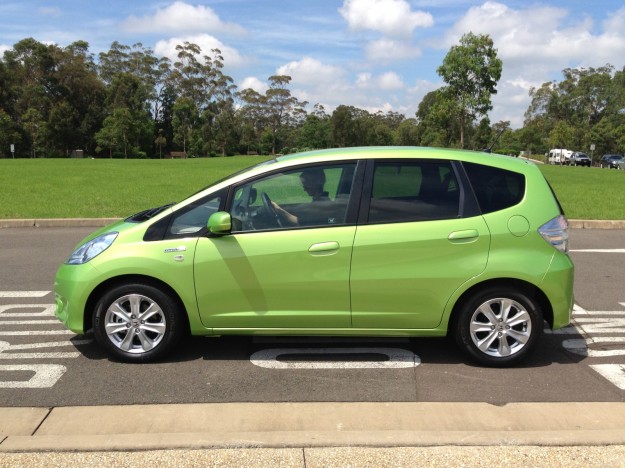
Powered by a 1.3-litre four-cylinder petrol engine and an electric motor, the dual setup delivers 72kW of power and 167Nm of torque with a fuel economy figure of 4.5L/100km (91RON fuel). It has a CO2 emission rating of 107g/100km.
Before we get stuck in to it, let’s put those numbers into perspective. The Honda Jazz Hybrid’s direct competitor, the Toyota Prius C, costs an additional $1000, uses 3.9L/100km and emits 90g/100km. An automatic Volkswagen Polo turbodiesel, which also costs an additional $1000 over the Jazz Hybrid, uses 4.6L/100km and emits 121g/100km. Its equivalent 1.3-litre petrol-only Jazz automatic uses 6.6L/100km and emits 157g/100km
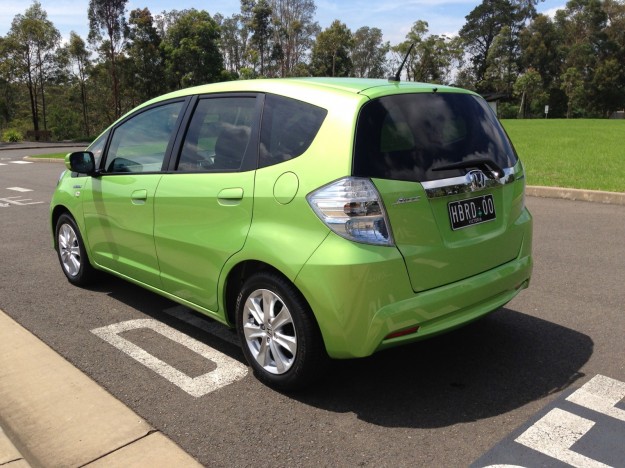
So despite being a hybrid, the actual fuel economy benefits are perhaps not as great as some would imagine, particularly given a diesel Polo is almost on par without the complications of an electric motor system.
Its main point of appeal is simple, then: it’s a Honda Jazz, arguably the most practical and useful city car on the market. It goes from being a zippy city runabout to a small van in minutes, thanks in large to its ‘magic’ seats. Except now it’s more fuel-efficient.
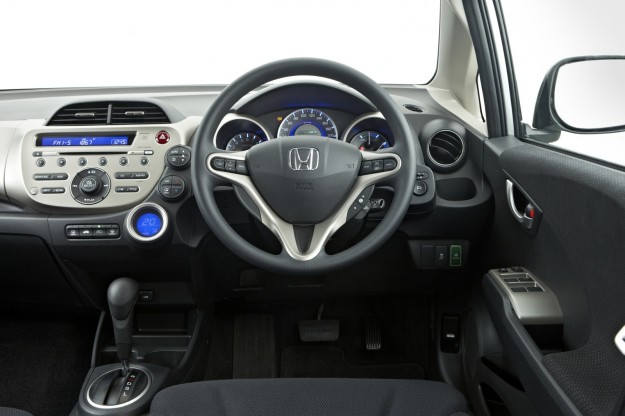
Those looking at a hybrid Jazz are likely to be looking at a normal Jazz and decide to go that extra step. The hybrid variant is differentiated with a chrome-blue grille and surrounds for the headlights as well as clear taillights.
On the inside there’s Honda’s Eco Assist function, which will judge the driving style in terms of fuel efficiency in real time, meaning you’ll know instantly when you’re burning more fuel than you really should. It’s nothing new, but it’s a nice addition.
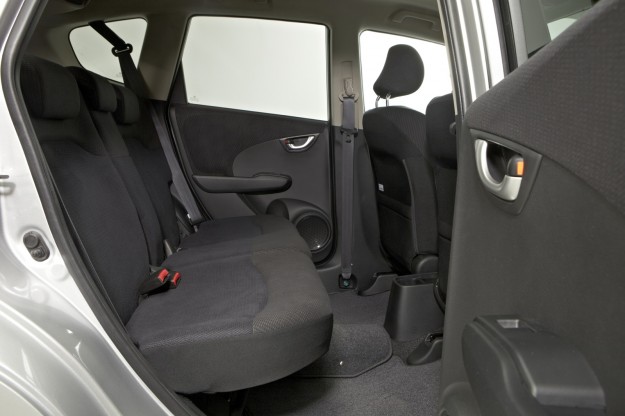
Behind the wheel the Honda Jazz Hybrid is similar to most hybrids. It starts up with almost no sound and its marriage to a continuously variable automatic transmission (CVT) means it makes a reasonable amount of noise under full throttle.
Compared to a standard 1.3-litre four-cylinder Jazz, the hybrid doesn’t feel as zippy or lively, it’s unlikely to be much faster, if at all (Honda Australia don’t have official 0-100km/h figures), but given it’s designed and engineered for maximum fuel economy, that’s not its purpose.
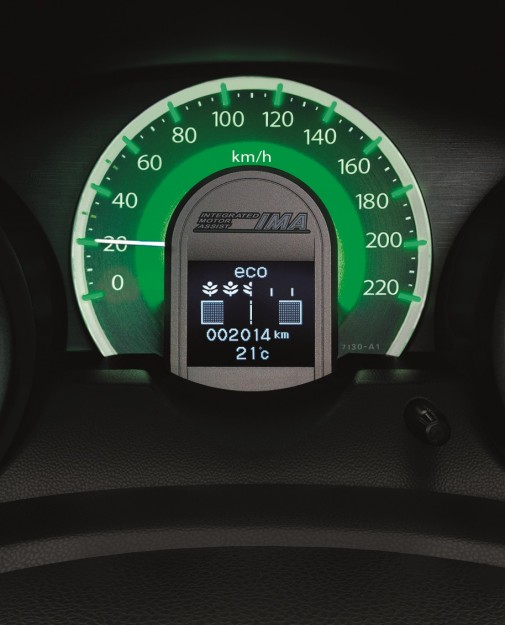
The hybrid system is seamless, making the change between the engine and motor or dual operation unnoticable. There’s no direct electric-only mode, but given the right circumstances (cruising), the petrol engine does tend to hand over to the motor for a short period of time.
Around the suburbs the Jazz Hybrid drives with ease and provides comfortable ride quality, even on poorly surfaced roads. It does, however, tend to lean a little in corners, but that will hardly prove an issue for most buyers.
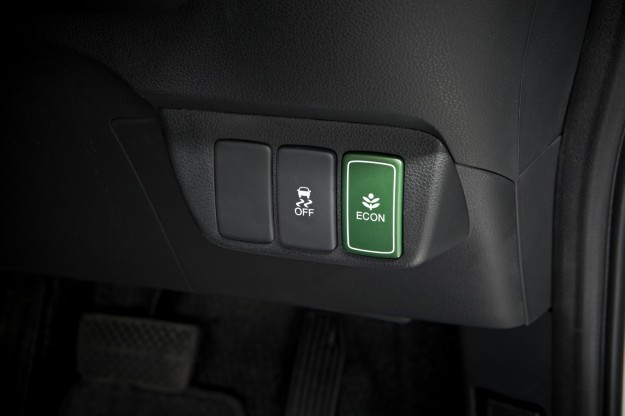
Front seats are snug and supportive and you can easily accommodate two adults in the back. The party trick is of course the rear seats, which can fold in 18 different combinations, meaning you can almost put anything in the Jazz and it’ll still have room for a fridge. In fact, we’ve used a Jazz to move large items that simply wouldn’t fit into an SUV.
The cabin itself is beginning to date and although Honda Australia says the Jazz Hybrid is likely to appeal to tech-savvy buyers, the technology inside is hardly revolutionary. The Bluetooth system has no steering wheel controls, and it lacks the colour touchscreen interface of the Prius C.
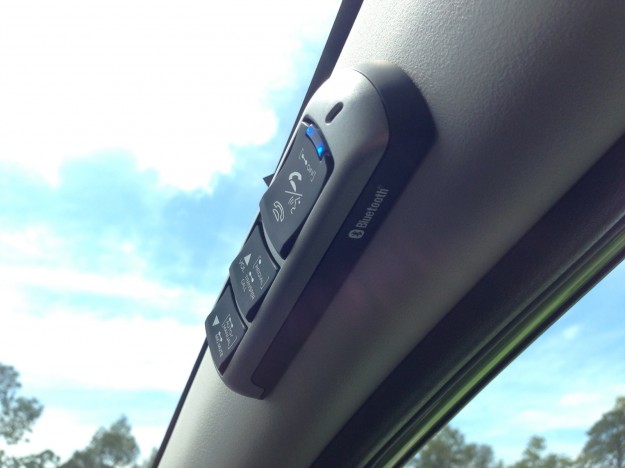
The real downside of the hybrid Jazz is the space compromise of carrying around an electric motor and its battery. Boot space is down from 337L to 223L with the rear seats up, or 848L to 772L with the seats folded down. It also weighs an additional 68kg and comes with a space-saver spare wheel.
To put some real-world perspective on this, comparing the top-of-the-range and more powerful 1.5-litre Jazz automatic ($19,790) with a Jazz Hybrid, it will take roughly 65,000km before the better fuel economy of the Hybrid pays its way (assuming fuel is $1.50/L).
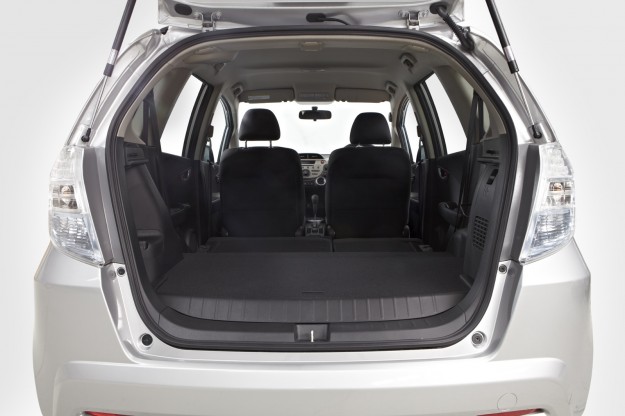
Compared with the regular 1.3-litre Jazz automatic ($16,990), it will take more than 150,000km before you’ll realise the fuel saving. There’s a bit more equipment in the hybrid than the 1.3-litre GLi, but even so buying a Jazz hybrid for fuel economy doesn’t make too much fiscal sense, but it will make Christine Milne really happy.
With only 1.5 percent of new vehicles sold in Australia powered by a hybrid powertrain (of which a great deal are sold to fleets), Honda Australia expects to sell just 50 Jazz Hybrids a month, roughly a quarter of Prius C sales – which also offers fixed-priced servicing for the first six services, something the Jazz hybrid lacks.
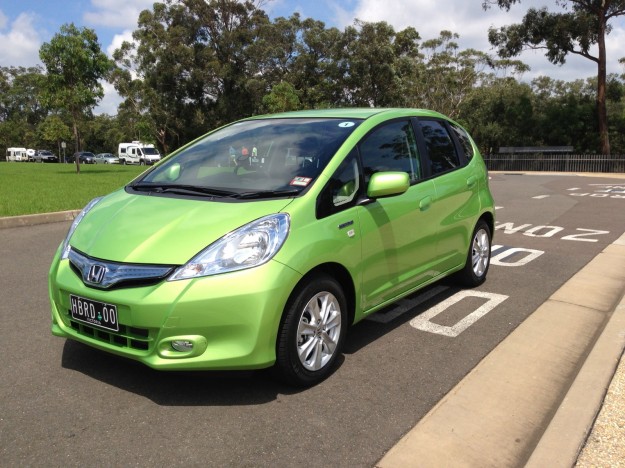
What the Honda Jazz Hybrid proves (again) is that the Jazz itself is a brilliant little car. If the need for better fuel economy or lower CO2 emissions is a must, it’s worth checking out (as is the Prius C) otherwise stick with the regular model Jazz and you’ll be just as happy.
*All Honda vehicles are covered by a 3-year/100,000km warranty, the Jazz Hybrid gets an eight-year warranty on its battery and electric motor system as well.





